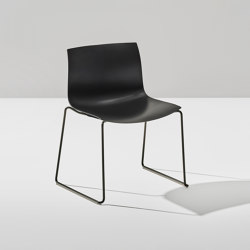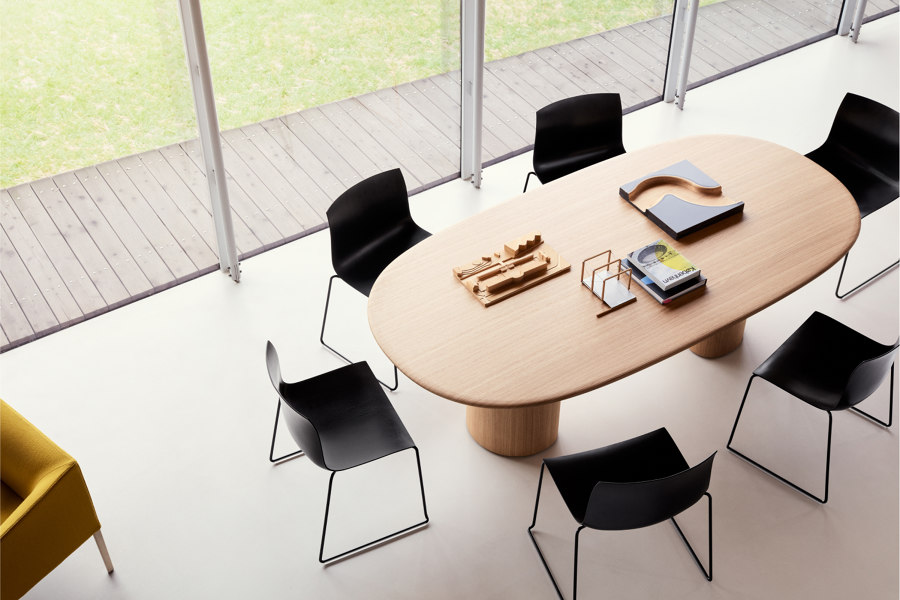Layer by Layer: how Arper’s Catifa Carta chair is shaping a sustainable future
Historia de la marca de Simon Keane-Cowell
Monastier di Treviso, Italia
18.09.24
A paradigm-shifting chair made from sustainable PaperShell marks a major advance in eco-friendly design. In this exclusive interview, Arper CEO Roberto Monti explains how its paper construction reflects the company’s commitment to sustainability.
The sustainable PaperShell used to create Catifa Carta is a composite wood by-product that sequesters carbon during its production. Photo: Salva Lopez
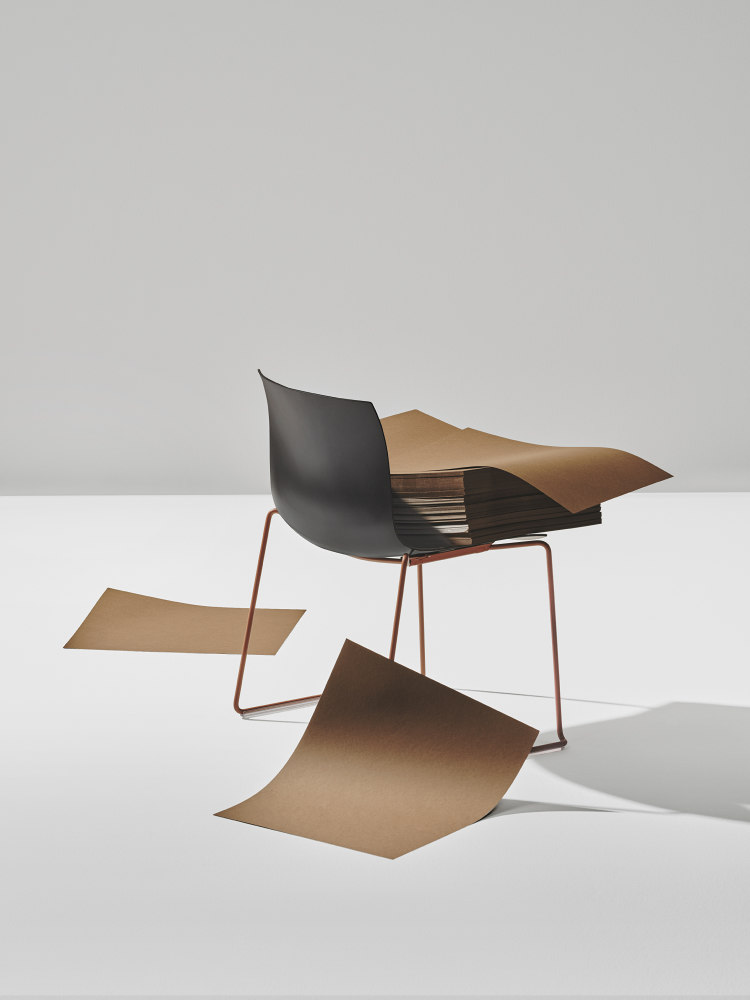
The sustainable PaperShell used to create Catifa Carta is a composite wood by-product that sequesters carbon during its production. Photo: Salva Lopez
×It's the start of September and, as the autumn leg of the design-fair calendar kicks off and sun-drenched memories of summer afternoons spent lounging, reading and the occasional dip fade all too quickly (in the Northern Hemisphere, at least), the mind inevitably recalls the stand-out moments from the spring circuit.
Cast your minds back to Milan Design Week, if you will. Among the surfeit of products on show were, in my opinion at least, just a handful that you could truly describe as moving the needle.
One such innovation was Italian manufacturer Arper's Catifa Carta, a revisiting of its Catifa 53 chair, but this time made of paper – or, rather, PaperShell, a composite wood by-product that sequesters carbon in its creation. Just 29 sheets of paper, bonded with a natural resin, is all it takes to deliver a design every bit as iconic as its predecessor.
I caught up with Arper CEO Roberto Monti, who sharpened his teeth over many years in such leadership roles as president of IKEA Concept, and started by posing him that fundamental question so often overlooked by interviewers: What is it?
Roberto Monti, CEO of Arper, shares how the company's commitment to sustainability is embodied in the innovative Catifa Carta
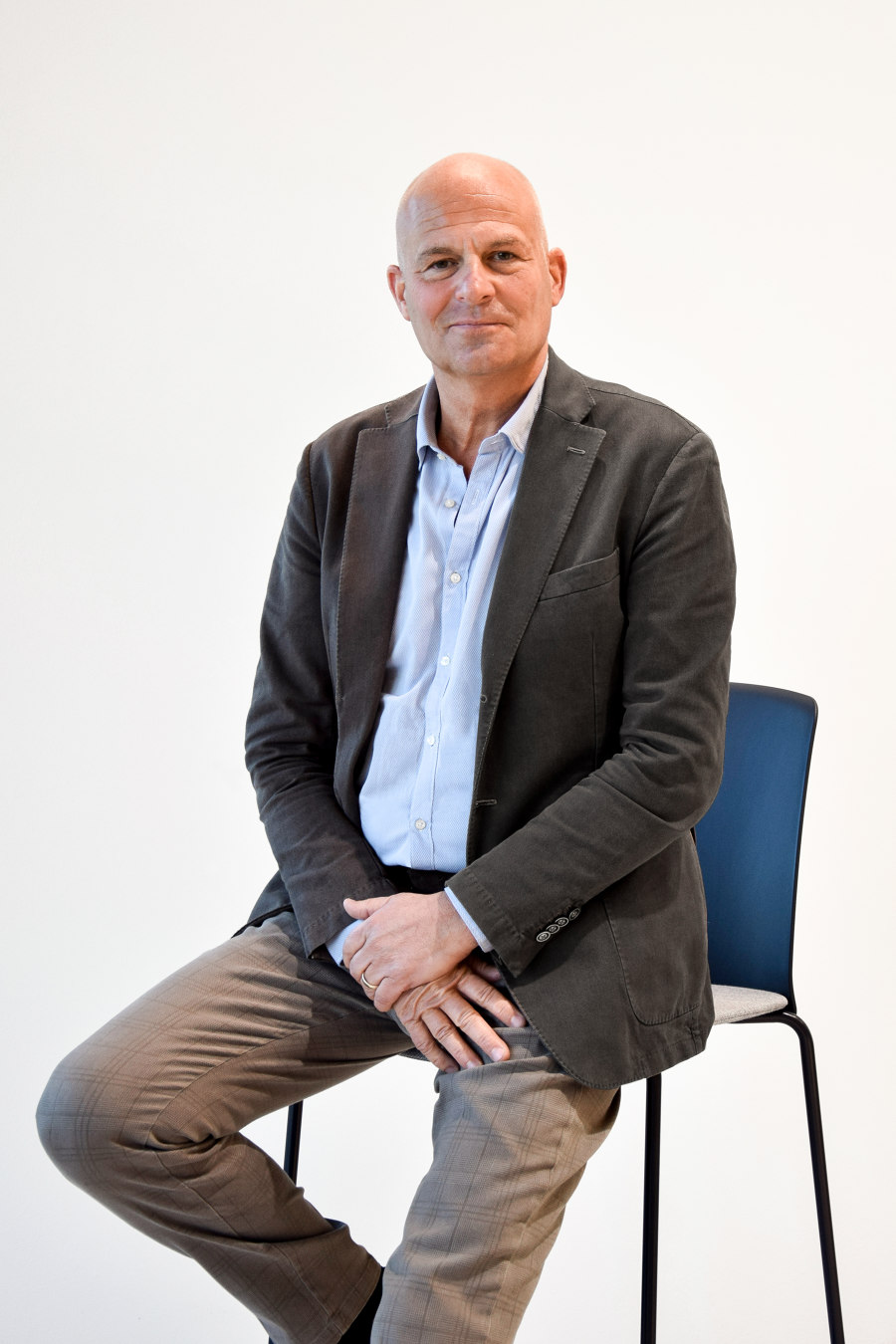
Roberto Monti, CEO of Arper, shares how the company's commitment to sustainability is embodied in the innovative Catifa Carta
×What is Catifa Carta?
Catifa Carta is a groundbreaking reimagination of our timeless Catifa 53, embodying our commitment to innovation and sustainability. It is crafted using PaperShell, a unique material made from 29 sheets of paper with a natural resin binder, combining high design standards with environmental responsibility.
At the end of its life cycle, the material can be reduced to biochar via pyrolysis, successfully retaining the CO2 sequestered during the previous life phase. Catifa Carta is not just a chair; it's a statement about the future of furniture design – a fusion of elegance, functionality, and sustainability.
Just 29 sheets of paper, bonded with a natural resin, is all it takes to deliver a design every bit as iconic as its predecessor
What’s the aim here?
The aim of Catifa Carta is to push the boundaries of what is possible in furniture design by creating a product that is not only aesthetically pleasing but also environmentally conscious. We wanted to demonstrate that sustainability does not require compromising on quality or design. Catifa Carta marks a pivotal moment as we move forward in our journey to becoming a leading example of responsible business.
Catifa Carta is made of PaperShell, a unique material composed of 29 sheets of paper and a natural resin binder. Photos: Salva Lopez
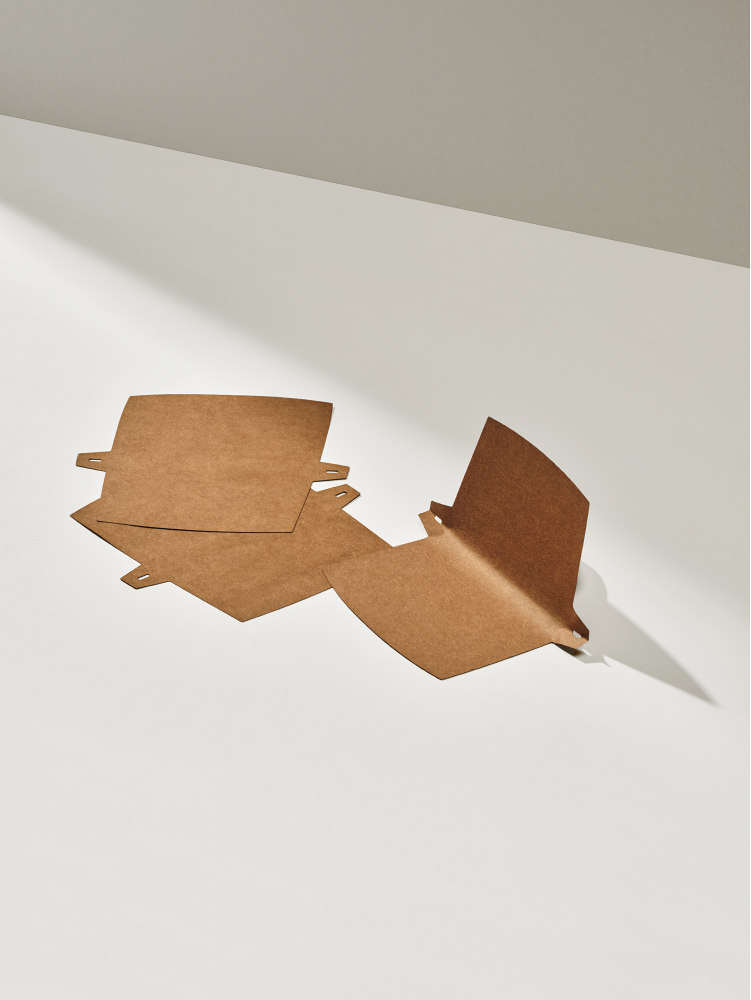
Catifa Carta is made of PaperShell, a unique material composed of 29 sheets of paper and a natural resin binder. Photos: Salva Lopez
×And why now?
The urgency of addressing climate change and environmental degradation has never been more apparent. The furniture industry, like many others, must evolve to meet these challenges head-on. Now is the time for innovation that supports a sustainable future, and Catifa Carta is a manifestation of our commitment to this cause. It aligns with our company’s strategy and with the increasing consumer demand for products that respect the planet, making now the perfect time to introduce such an innovative solution.
PaperShell is a revolutionary material that uses significantly less energy compared to traditional plastics, making it ideal for high-quality furniture
Why PaperShell?
PaperShell is revolutionary because it marries sustainability with durability. This material, developed in collaboration with our partners at Swedish-based company PaperShell, uses significantly less energy compared to traditional plastics.
It offers a tangible reduction in environmental impact while still providing the strength and versatility needed for high-quality furniture. With PaperShell, it is more than just a business relationship – it is a true partnership grounded in a shared commitment to sustainability and progress.
Extensive testing and refinement of the chair and materials used ensure a high-quality product. Photo: Salva Lopez
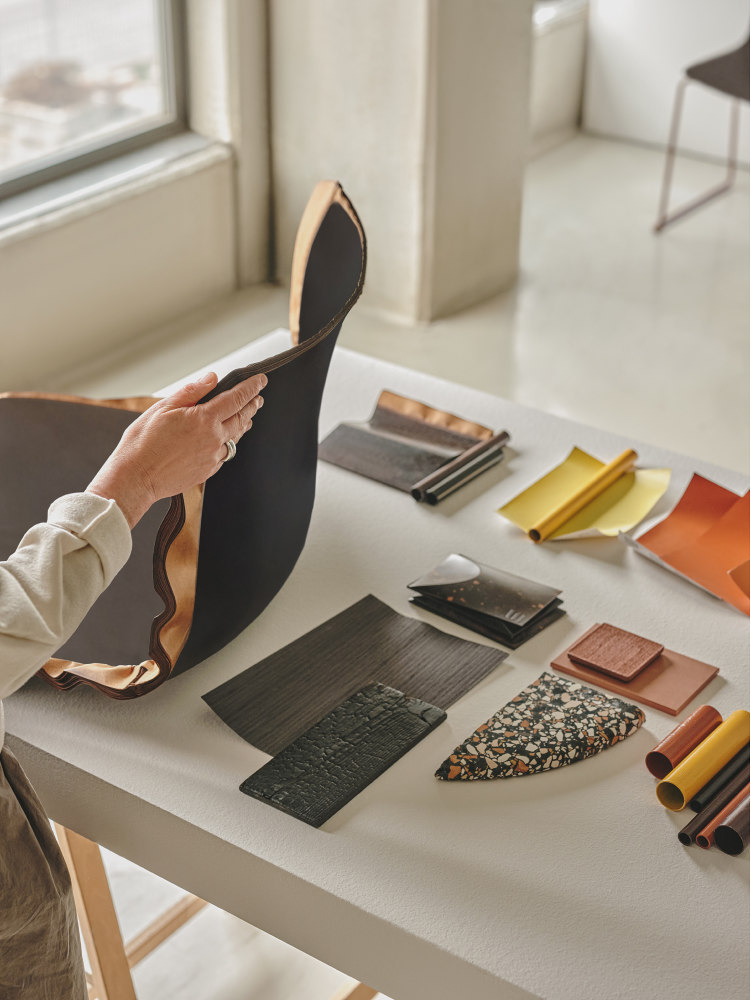
Extensive testing and refinement of the chair and materials used ensure a high-quality product. Photo: Salva Lopez
×Can you say a few words about the collaboration, and the design and development process?
The development of Catifa Carta was a collaborative effort of our internal product development team and PaperShell. The design and development process was a continuous progression, involving extensive testing and refinement to ensure the material met our high standards for aesthetics and performance.
We worked closely with our partners to adapt the material to our product, experimenting with different compositions and manufacturing techniques. The result is a chair that is not only beautiful but also represents a significant step forward in sustainable design.
Catifa Carta not only blends perfectly with any interior, but it also represents a significant step forward in sustainable design. Photos: Alberto Sinigaglia
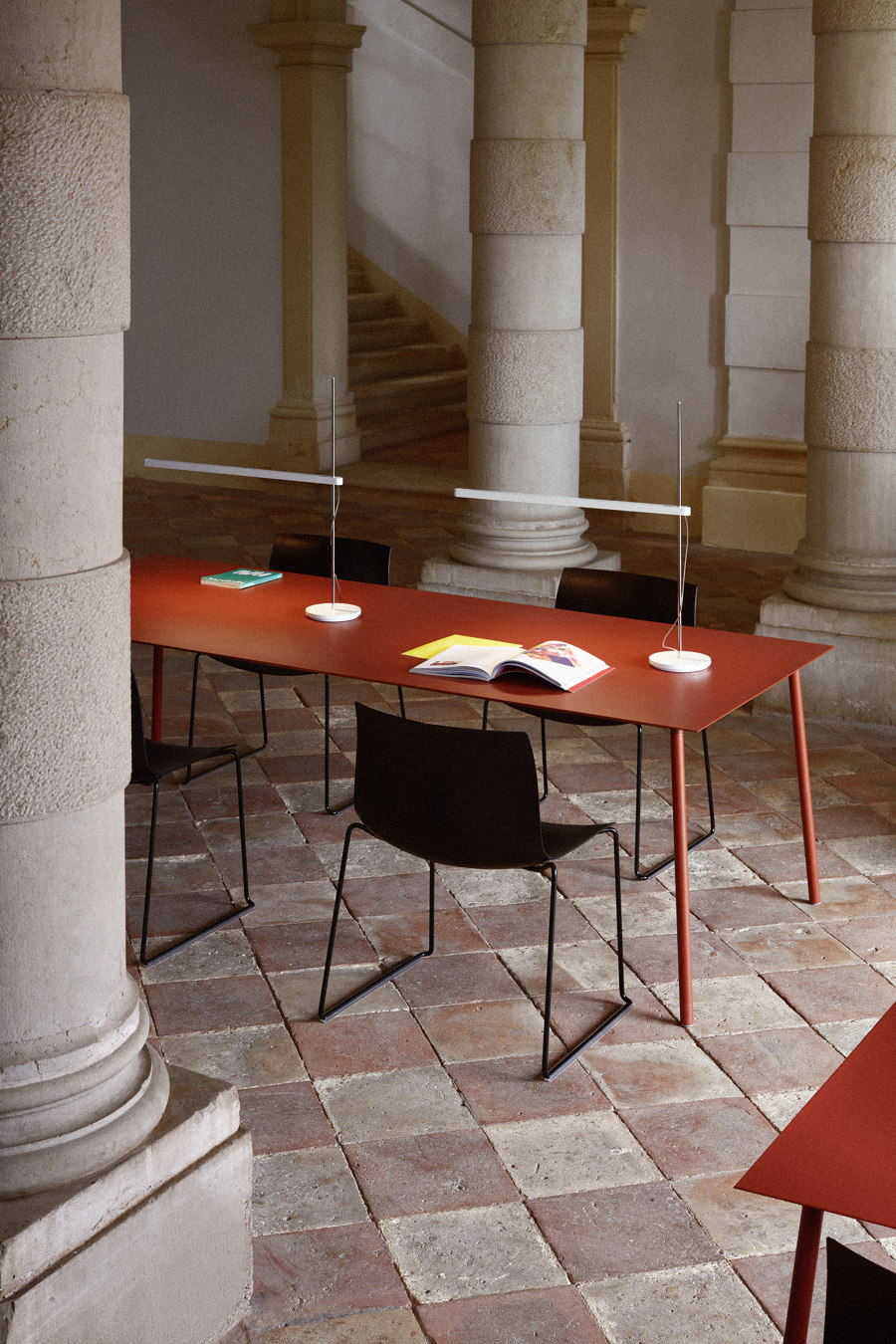
Catifa Carta not only blends perfectly with any interior, but it also represents a significant step forward in sustainable design. Photos: Alberto Sinigaglia
×How does Catifa Carta fit into a larger sustainability strategy? How do you leverage what you've done with this product to transform a whole business?
Arper has always been committed to sustainability, which is why we established our Environmental Department in 2005. We have consistently strived to design durable, timeless furnishings intended to transcend trends and serve diverse purposes over their extended lifetimes. We believe these are the essential qualities of a sustainable product.
Catifa Carta is a pivotal part of our broader sustainability strategy, which focuses on reducing our environmental footprint, starting the transition to a circular economy and improving the wellbeing of employees and consumers. This project illustrates our approach to integrating sustainable practices into the core of our design process. Catifa Carta demonstrated that it is possible to deliver innovative, high-quality products with a minimal ecological footprint that also embrace the circular economy model. This success isn't just about one product – it's a catalyst for driving even more sustainable practices throughout our entire business, guiding us toward a more responsible future.
‘Catifa Carta demonstrated that it is possible to deliver innovative, high-quality products with a minimal ecological footprint that also embrace the circular economy model’
And can you change an entire industry by example? What's the risk or reward here?
Absolutely, we believe that by setting a high standard with products such as Catifa Carta, we can inspire others in the industry to follow suit. The reward is immense – contributing to a more sustainable world while leading the market in innovation.
However, the risk lies in the challenge of balancing sustainability with economic viability. Developing new materials and processes is costly and complex, but the potential payoff, both in terms of market leadership and environmental impact, far outweighs these risks. By taking these bold steps, we hope to catalyse change across the entire industry.
Arper aims to create durable, timeless furnishings that transcend trends and serve diverse purposes. Photo: Alberto Sinigaglia
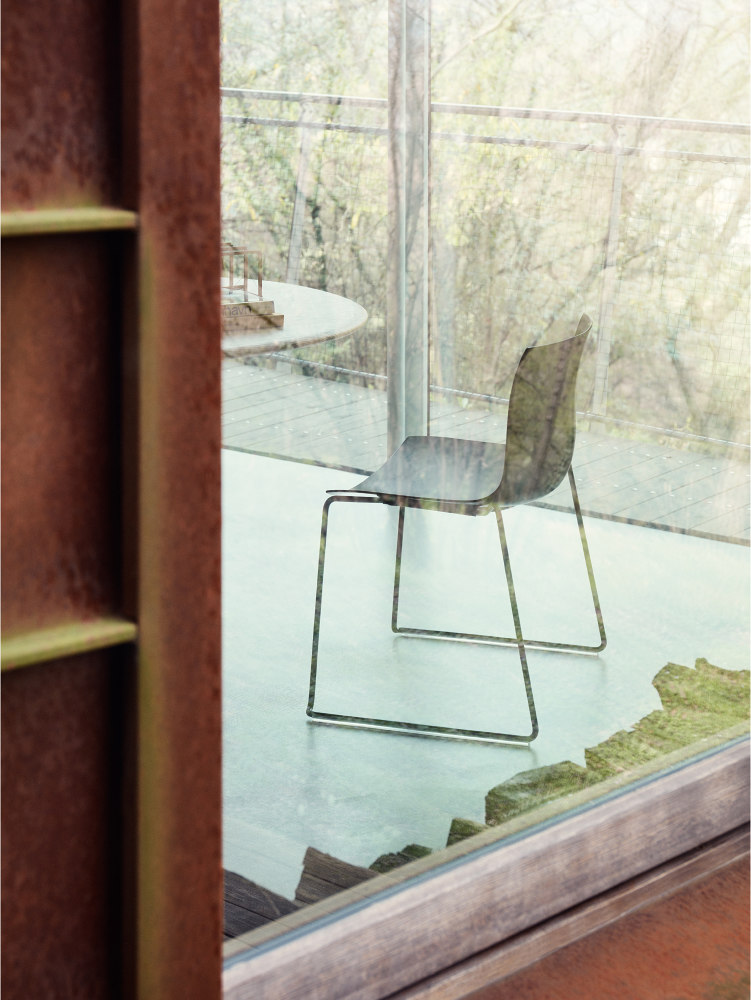
Arper aims to create durable, timeless furnishings that transcend trends and serve diverse purposes. Photo: Alberto Sinigaglia
×How do you cultivate and maintain a culture of innovation within a company like Arper?
At Arper, innovation is deeply embedded in our culture. We foster this through a commitment to continuous learning, collaboration, and a willingness to challenge the status quo. We encourage our teams and our partners to think creatively and explore new ideas, supported by a strong foundation in research and development. By prioritising these values, we ensure that innovation is not just an occasional achievement but a consistent part of our identity.
© Architonic
Head to the Architonic Magazine for more insights on the latest products, trends and practices in architecture and design.


